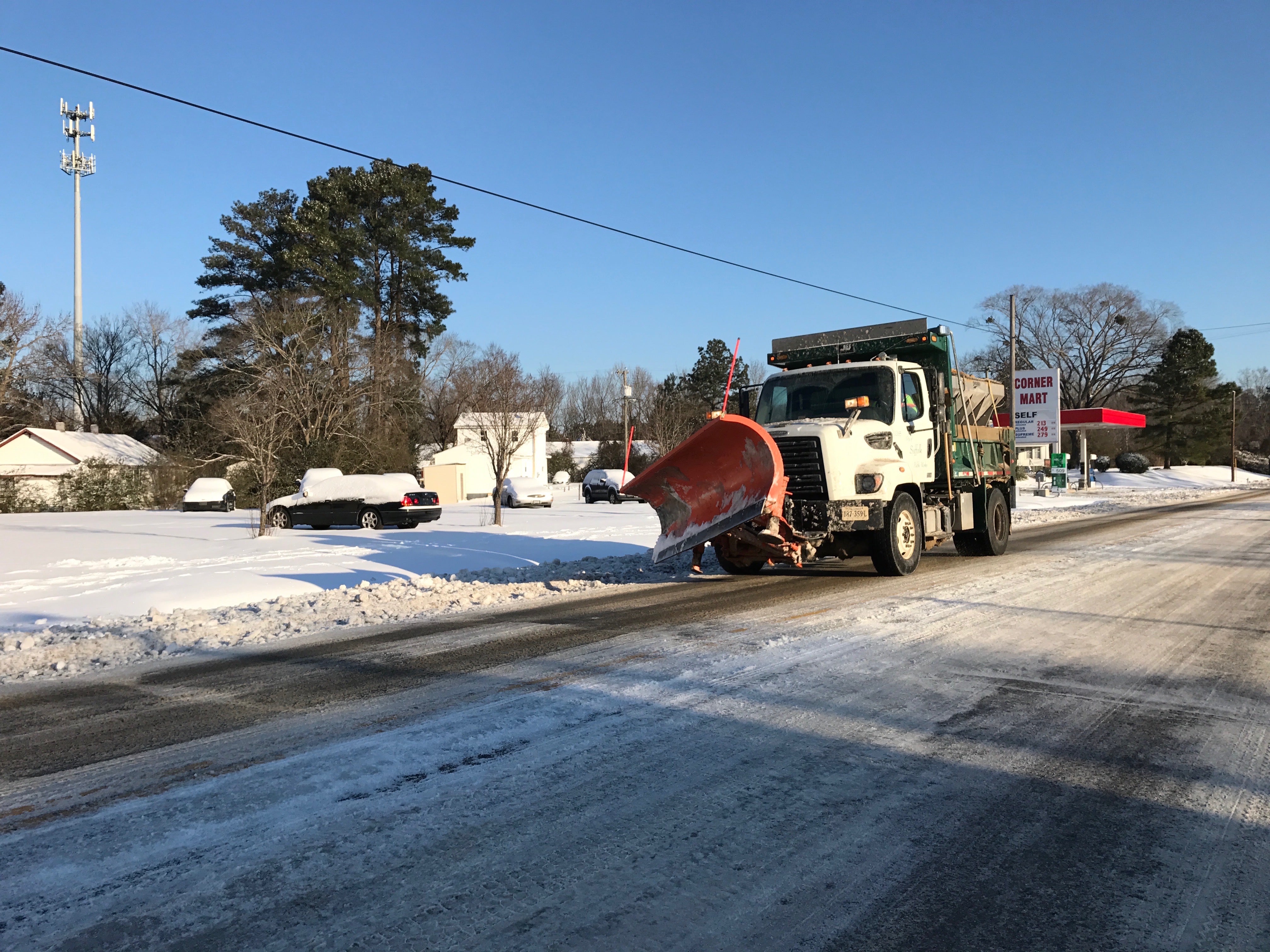What difference does 10 years make?
Published 2:20 pm Monday, March 1, 2010
In school, students are taught that learning never stops.
There are always new lessons, new breakthroughs to absorb and comprehend.
The profession of education is very much the same.
In the past decade alone, teachers have seen drastic changes in their field, from their students’ personalities to trying to educate in the wake of the Standards of Learning testing.
While there have been many advancements in the education field during the past 10 years, some of Suffolk’s most veteran teachers point to one thing as the biggest and greatest change in the classroom: the role of technology.
“Technology, certainly, has to be at top of the list,” said Elaine Abernathy, a kindergarten teacher at Mount Zion Elementary School. Abernathy has been teaching for 34 years in Suffolk’s schools.
Personal computers were not new to the world in 2000, but the technology had not permeated far into the educational field. Today, computers are available for every student in the city. Course work and grade books are available online, and Internet research, multimedia capabilities and PowerPoint presentations are almost prerequisites in student projects.
Abernathy said the expansive role of technology goes hand in hand with a new generation that has been groomed with new technological advances.
“They are exposed to so many gadgets,” Abernathy said. “They just apply that same technology. They aren’t afraid to explore it. For children who are auditory or visual learners, it’s right there for them. It really addresses their needs and the way they learn.”
Deborah Luisi, a second-grade teacher at Kilby Shores Elementary School, agreed.
“As an ‘old-school’ teacher, it is thrilling for me to watch 7- and 8-year-old students engrossed in research, reading, math and many other educational avenues via technology,” she said.
Luisi, who has been teaching for 30 years — 27 of them in Suffolk, said it is not just the students who incorporate technology into the classroom.
Teachers also have been incorporating technology to create more efficient classrooms.
“We have programs in place which make our work (grading, assessments, reports — you name it) more accurate and expedient,” Luisi said. “Also, email puts us into immediate touch with co-workers as well as parents.”
Suffolk’s public schools are not the only ones seeing technology expand in the classroom.
Kay Goldberg has taught at Nansemond Suffolk Academy for 31 years, and she credits technology with helping today’s student keep up with higher demands.
“Our expectations for students are high,” Goldberg said. “The students, with the use of technology, are able to achieve great things.”
Students buy books online, join study groups and have near limitless access to research avenues online.
“We do so much with computers now that you just didn’t do 10 years ago,” Goldberg said. “Technology really has changed the most.”
While technology has given the education world the biggest boost in the past decade, the demands of standardized testing have caused some of the biggest obstacles, teachers say.
State and national tests, including the SOL, have caused some teachers to feel compelled to teach testing material, instead of comprehensive subject matter.
“The standardized testing has changed the face of teaching,” Abernathy said. “We test to a point now that I’m not sure teachers are being as creative in teaching things as just meeting standards. It puts pressure on the administrators, the teachers and the students.”
Goldberg said it was a “real plus” that private school students do not have to take the SOL tests.
Suffolk Public School Superintendent Dr. Milton Liverman said he was unsure if the tests even provide adequate measures for today’s students.
“We’re not measuring students’ critical thinking skills,” he said. “We’re not measuring how they analyze and apply information. Right now, we’re seeing what students can remember.”
He pointed to international studies on testing that were showing better measures of critical thinking than the SOL model, and hoped to see more implementation of new, different skill testing in the future.
While the SOL can be a hot topic for some educators, it also presents opportunities that were not available before.
Luisi said the implementation of SOL testing does force teachers to always be “SOL-propelled in [their] teaching, assessing and strategizing,” but she argued that makes the SOL a positive thing.
“It requires that teachers are consistently and persistently teaching for retention of knowledge and learning success for all students,” she said. “Furthermore, it requires that each student accepts responsibility for his/her understanding, learning and application of knowledge.”
During the past 10 years, technology and testing were just two facets of the many changes in the classroom. Abernathy pointed to the important emphasis given to early childhood education in the school system as better preparing this generation’s new students.
Goldberg credited the development of more advanced placement classes and flexible scheduling at NSA with creating more academic opportunities for students.
Luisi acknowledged the Accelerated Math and Accelerated Reading programs in the schools as having increased overall retention of knowledge in students, as well as academic success.
All the programs and initiatives were developed during the past decade, and it does not look like change is slowing any time soon.
“If people think education has changed a lot in the last 10 years, well, then wait till the next 10 comes around,” Abernathy said.



